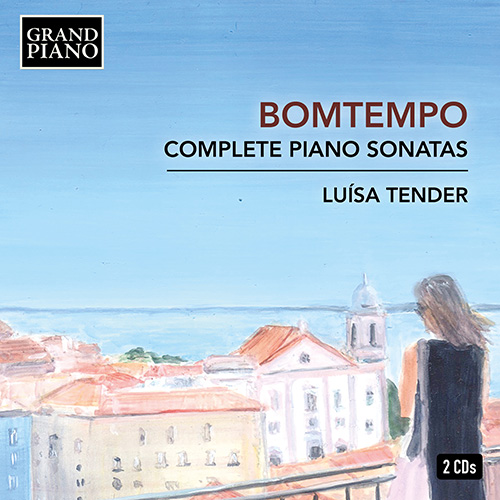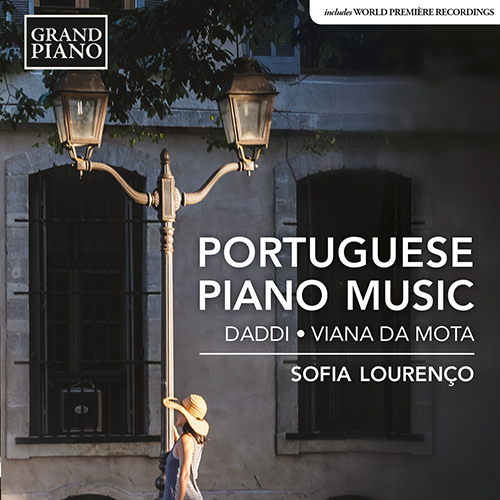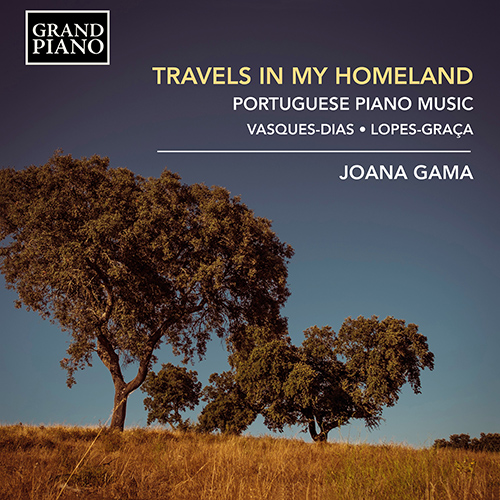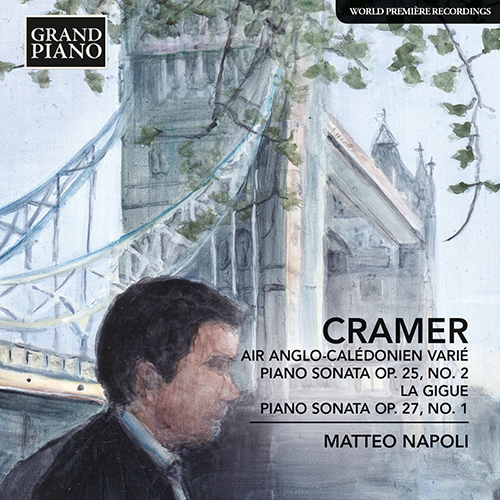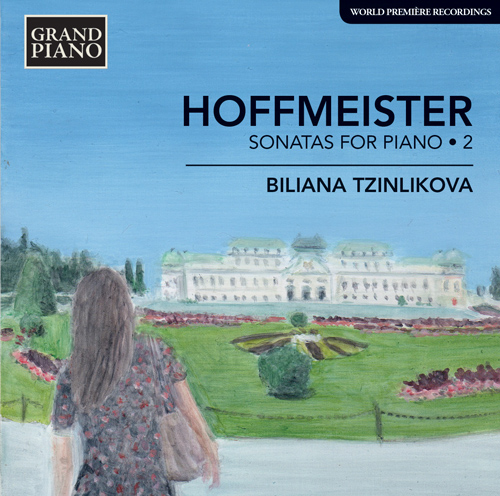JOÃO DOMINGOS BOMTEMPO
(1775–1842)
COMPLETE PIANO SONATAS
LUÍSA TENDER
‘I am very passionate about early nineteenth-century Portuguese history. This was the time when Portugal was invaded by Napoleon’s armies, when the king and his court fled to Brazil, a long time of war. This was also the time when Lisbon-born João Domingos Bomtempo composed most of his piano works. Bomtempo’s piano sonatas are a treasure of diversity. I love joking about the composer’s name: the literal translation meaning "good weather", much appreciated by those who visit our (mine and Bomtempo’s…) native country.’ – Luísa Tender
Piano Sonata in F Major, Op. 1, ‘Grande Sonate’

About this Recording
Piano sonatas are pre-eminent in Bomtempo’s oeuvre. They show a diverse range of influences from Haydn, Mozart and Beethoven but contain many original features, not least incendiary scalar passages and dramatic hand crossings. Full of lyricism, counterpoint and often exceptional virtuosity, these features reach a peak in the monumental Piano Sonata, Op. 20, one of his most demanding piano compositions.
TOTAL TIME: 68:53
TOTAL TIME: 79:17

LUÍSA TENDER
Luísa Tender studied piano with Anne Mennet, Helena Costa and Pedro Burmester at the Conservatório de Música and Escola Superior de Música e Artes do Espetáculo (ESMAE). She then continued her studies with Vitalij Margulis, Irina Zaritskaya and Marian Rybicki. Tender regularly performs as a soloist and chamber musician, and her repertoire ranges from the Baroque to the contemporary. Luísa Tender is currently a researcher at the Centro de Estudos de Sociologia e Estética Musical (CESEM) within the Faculdade de Ciências Sociais e Humanas at the Universidade NOVA de Lisboa.
RECOMMENDED RECORDINGS OF PORTUGUESE PIANO MUSIC
– Record Geijutsu

★★★
|

★★★★
|

